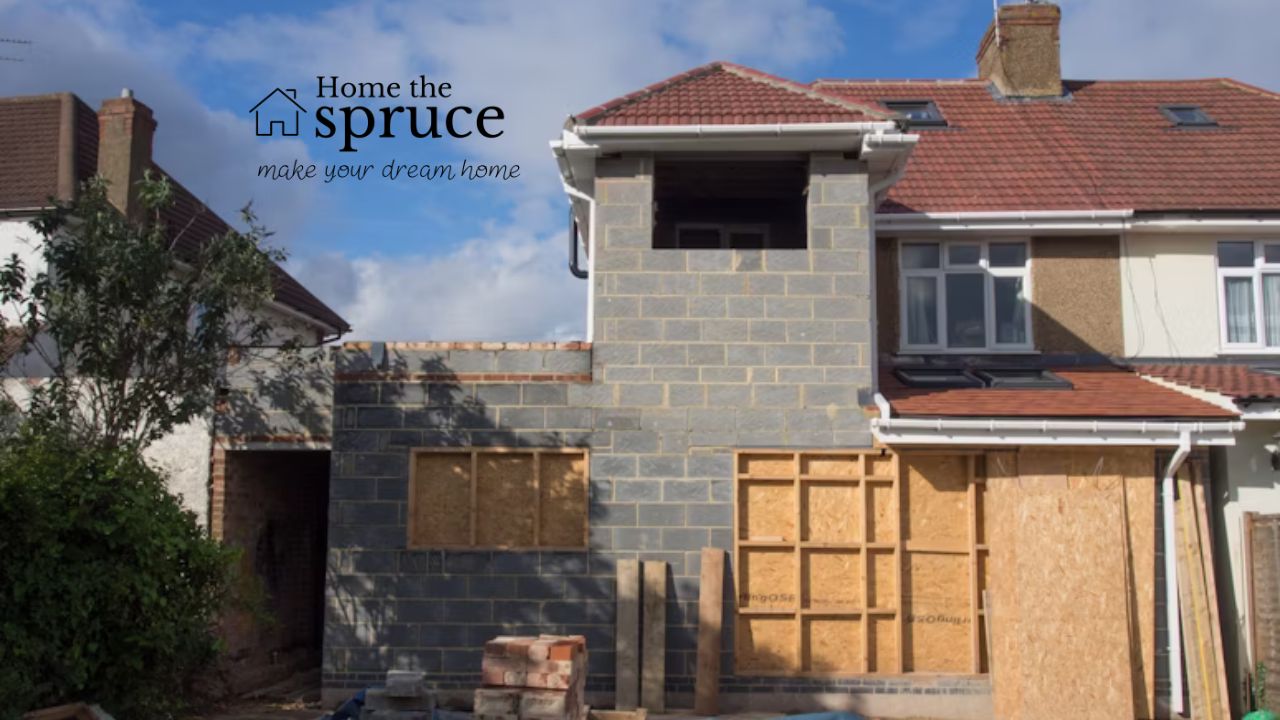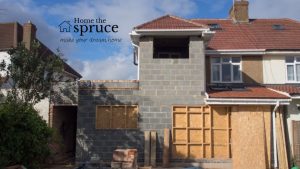Choosing how to build your new home is as important as deciding where it goes. One path is the design build approach, where a single team handles everything from floor plans to final finishes. The other path is traditional home construction, which splits the design and construction phases across different companies. Both have their benefits and drawbacks, and the best choice depends on your priorities, timeline, and how involved you want to be.
Let’s explore how these two construction models work and what makes them different.
How Design-Build Works
Design-build starts with one company taking on both the design and construction roles. You work with a team that includes architects, designers, and builders under one roof. From the start, everyone is working together toward the same goal.
Communication is a major advantage. Since the entire team is in-house, ideas flow more easily. Fewer handoffs mean fewer delays. Design decisions are aligned with construction realities, which can reduce surprises during the build.
This model often feels more collaborative for homeowners. You’re not stuck between your architect and your contractor when things change. Instead, you’re part of a process where the designer and builder work as one.
How Traditional Construction Works
Traditional construction splits the design and build phases. First, you hire an architect or designer. They create plans, help you develop a vision, and make material selections. Once the plans are done, you bid out the project to contractors.
This model offers more independence on the design side. You get to work with an architect of your choice and have more control early in the process. It can be a good fit for those who already have a clear design vision or want highly customized architecture.
However, that independence can come with a cost. Since the architect and builder are separate, there’s a greater chance for miscommunication. Builders may find parts of the design difficult or expensive to execute. And when issues arise, you may have to play the middleman.
Speed and Timeline
One of the biggest differences between the two models is speed. The design-build method tends to move faster. Since everyone is on the same team, design decisions and construction planning happen together. There’s no need to pause between phases or redo plans after bids come in.
In traditional construction, delays can stack up. The design phase must be complete before building can begin. If contractors find issues during bidding, revisions might be needed. These back-and-forth steps can stretch the timeline.
Faster isn’t always better. But if you’re working with a tight schedule, the design-build route usually keeps things moving.
Cost Transparency and Budgeting
Budgeting is another major factor. In design-build, cost estimates are usually introduced early. The team can price options as you design, so you’re always aware of how choices affect the budget. Adjustments are made in real time to stay on track.
In traditional construction, cost estimates come later. The design gets finalized first. Then it’s sent out for contractor bids. This means you might fall in love with a design that ends up outside your price range.
Reworking the design to meet the budget can be frustrating and time-consuming. That risk is lower in the design-build model, where budget and design evolve together.
Decision-Making and Flexibility
Each construction model handles decision-making differently. Design-build tends to be more flexible during construction. Since the same team manages the project from start to finish, changes can be made more easily along the way.
In traditional construction, late changes can be harder. Once the contractor is working from a set of final plans, adjustments can lead to delays, added costs, or disputes over responsibility.
Design-build teams are used to integrating feedback and pivoting when needed. Traditional models, while structured, can be less forgiving once construction starts.
Design Control and Aesthetic Vision
Design freedom varies between the two models. Traditional construction often allows more design separation. You work with an architect first, without influence from a builder. That can be appealing for homeowners with a specific vision or who want a high level of artistic expression.
Design-build offers creativity, too, but it’s more grounded in practicality. Architects, designers, and builders work together from the start. This can streamline decision-making but may limit extreme customization. The design is shaped by real-world building experience, which often helps prevent delays or expensive changes later.
For homeowners who want full creative control and are willing to invest extra time, traditional construction may feel more open. For those who prefer guidance and teamwork, design-build is usually more efficient.
Communication and Accountability
In a design-build setup, there’s one point of contact. You speak to a single team about everything from layout to finishes. This helps reduce confusion and keeps you more involved without juggling different firms or timelines.
Traditional construction involves more coordination. You’ll often need to mediate between your architect and contractor. If something goes wrong on-site, it may not be clear who is responsible. The architect may blame the contractor. The contractor may say the plans were unclear.
A unified team makes it easier to track progress and address concerns quickly. With separate firms, it may take longer to resolve issues or agree on changes.
Project Examples
Design build is well suited for whole-house renovations, additions, and custom new builds. Projects that involve multiple moving parts often benefit from a streamlined team. Homeowners who want a balance of style, speed, and function usually find this model helpful.
Traditional construction works well for clients who already have a designer they trust or want full design freedom. High-concept homes or historically inspired renovations fit better under this method.
Each path supports different types of goals. The choice comes down to how much support, freedom, and structure you prefer during your homebuilding experience.
Which One Fits Your Needs?
If you’re planning a large-scale renovation or custom home, think about how much time you want to invest in managing the process. Design-build can take the pressure off by unifying the steps. Traditional construction offers more freedom upfront but may demand more of your time during the build.
Both models deliver strong results. The right one depends on your budget, priorities, and how involved you want to be from start to finish.
Start Your Homebuilding Journey with Confidence
Looking into a custom build or renovation? Start by exploring your project goals, budget, and timeline. Talk to professionals who specialize in both models and ask the right questions early. The more clarity you have, the smoother your homebuilding journey will be.
Admin Recommendation
Mistakes to Avoid When Repairing Your Home







